NASA's James Webb Space Telescope unveils breathtaking view of Saturn
James Webb Space Telescope has turned its attention towards the stunning planet Saturn, capturing its first ever near-infrared observations. And these are simply amazing!
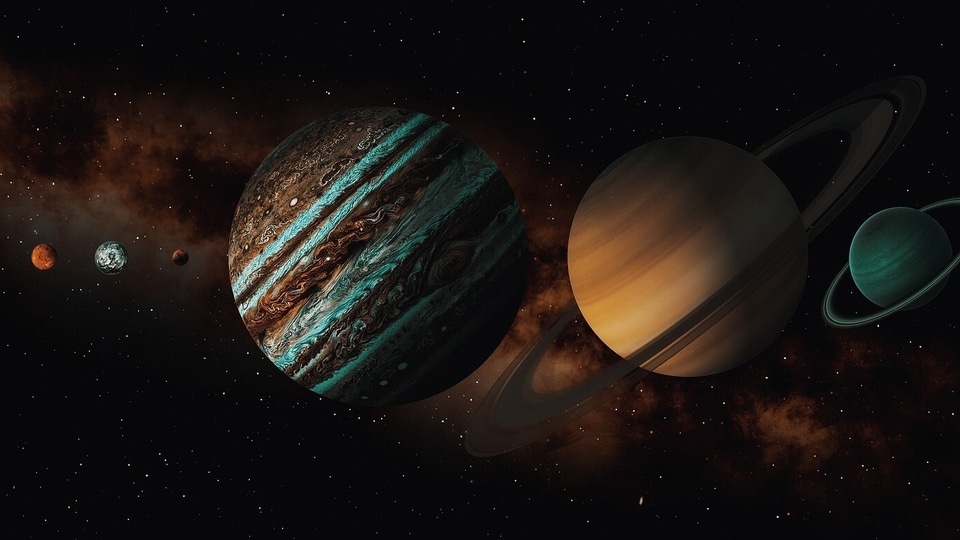
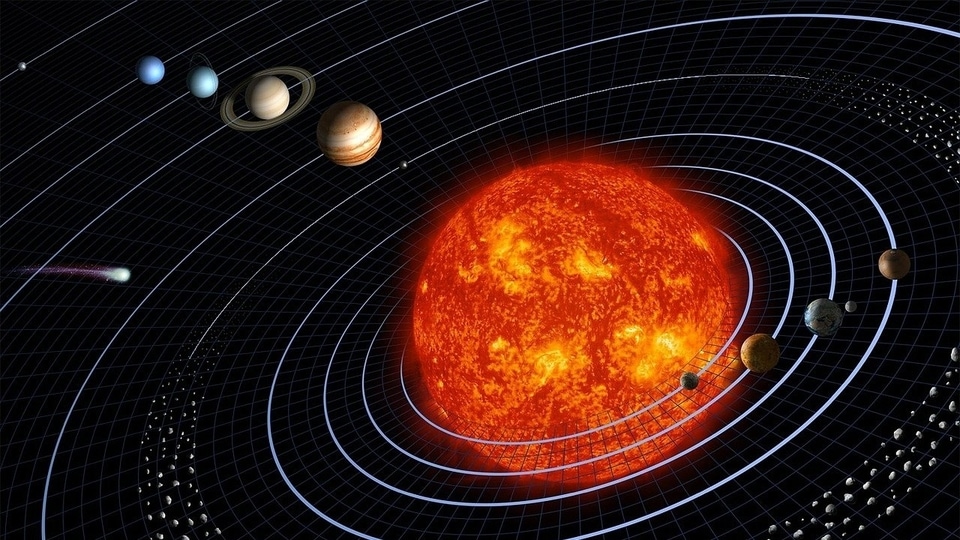

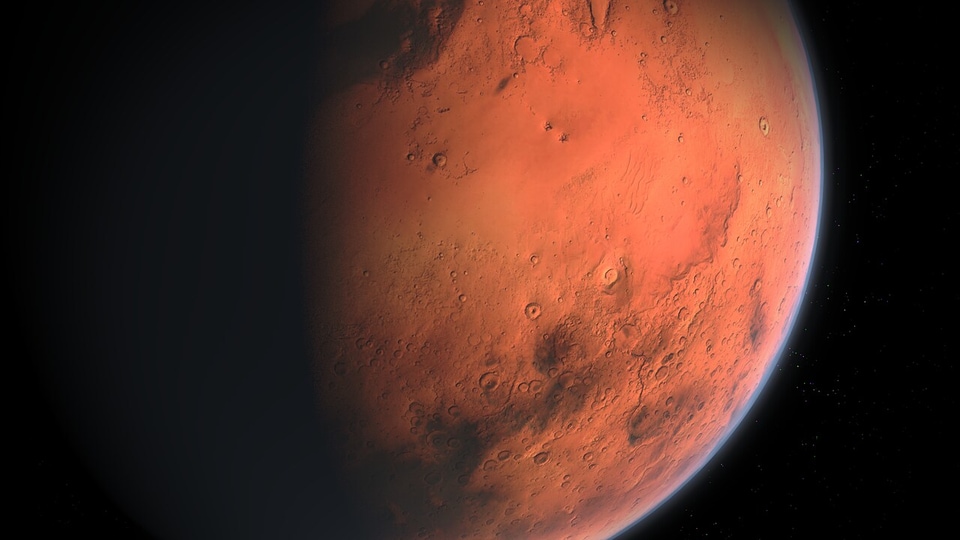
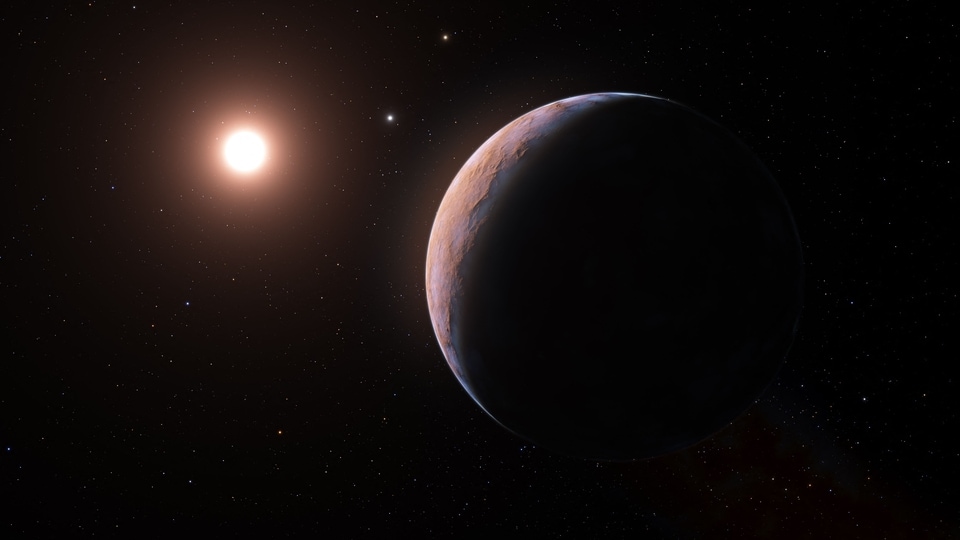
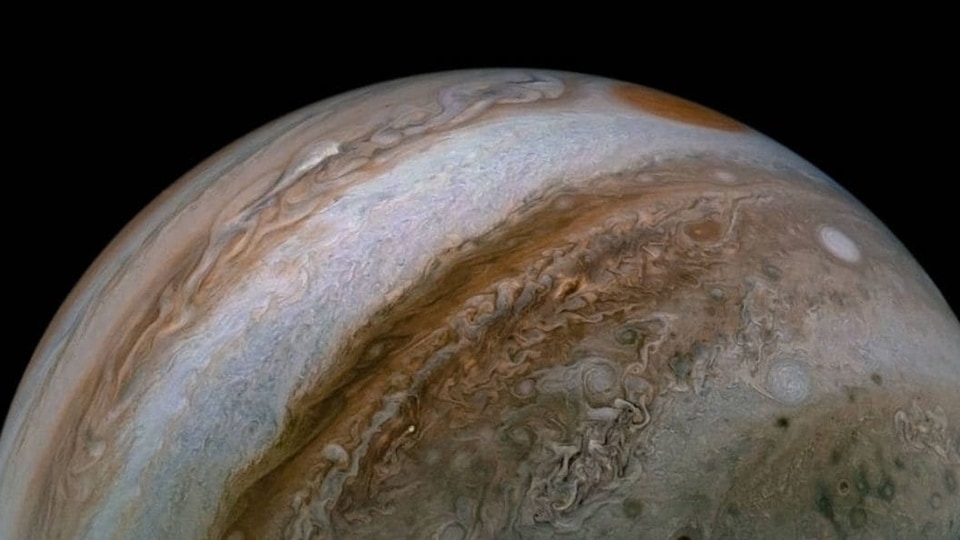
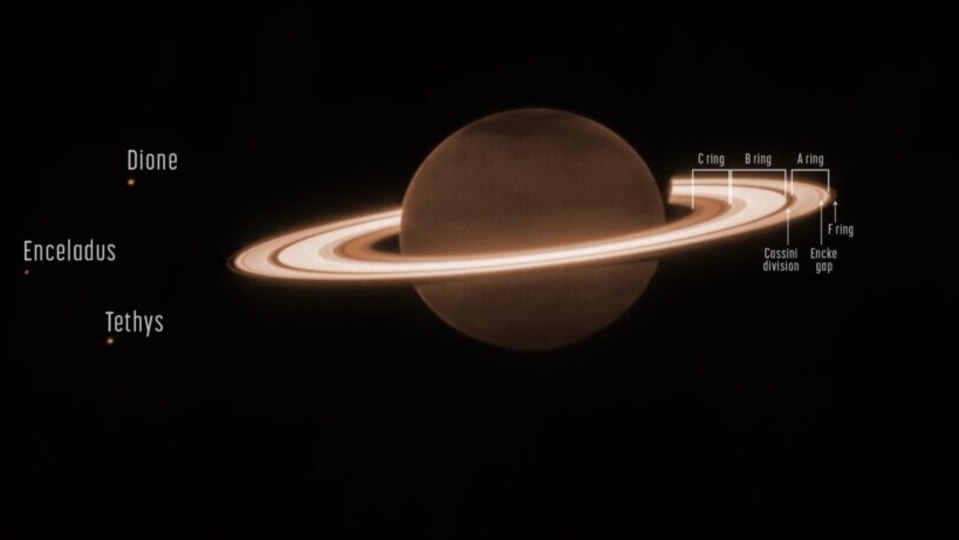
 View all Images
View all ImagesIn a remarkable moment on June 25, 2023, the renowned James Webb Space Telescope, operated by NASA, turned its attention towards the planet Saturn, capturing its first ever near-infrared observations. The initial imagery obtained through Webb's advanced Near-Infrared Camera (NIRCam) has already captivated researchers, revealing intriguing features within Saturn's atmosphere that were previously unseen.
Thaddeus Cesari, a Strategic Communications Specialist at NASA's Goddard Space Flight Center, penned a blog post expressing the unique allure of Saturn in the infrared picture. In this wavelength, Saturn appears remarkably dark due to the methane gas in its atmosphere absorbing sunlight. However, the planet's icy rings remain brightly visible, creating a visually striking appearance in Webb's image.
Today is Satur(n)day! 🪐@NASAWebb saw the planet on June 25, part of science in progress. Saturn appears dark because methane gas in its atmosphere absorbs almost all the sunlight in near-infrared. However, the icy rings shine brightly.https://t.co/fogbvTOTty pic.twitter.com/7v7hiDX0gl
— NASA Goddard (@NASAGoddard) July 1, 2023
The image released by NASA showcases intricate details within Saturn's mesmerising ring system, even offering glimpses of some of its moons, such as Dione, Enceladus, and Tethys. The research team plans to conduct deeper exposures, hoping to explore the planet's fainter rings, including the elusive G ring and the diffuse E ring, which remain hidden in this particular image.
Saturn's rings, composed of a diverse array of rocky and icy fragments ranging in size from minuscule grains of sand to colossal mountains, have long been a source of fascination for scientists and stargazers alike. This new image from Webb provides a unique perspective on their composition and structure, shedding new light on their mysterious nature.
Apart from the rings, Saturn's atmosphere also reveals astonishing and intricate details in this unprecedented clarity at the wavelength of 3.23 microns, a capability unique to the James Webb Space Telescope. The presence of huge, dark, and diffuse features in the northern hemisphere undermines Saturn's deeper atmospheric layers' traditional striped look.
This captivating image of Saturn and its enigmatic rings was captured as part of the Webb Guaranteed Time Observation Programme 1247, showcasing the immense potential of the telescope in unravelling the mysteries of our celestial neighbours. As experts probe further into Webb's data and photos, they eagerly await new disclosures regarding the secrets hidden within Saturn's atmosphere and enthralling ring system.
Catch all the Latest Tech News, Mobile News, Laptop News, Gaming news, Wearables News , How To News, also keep up with us on Whatsapp channel,Twitter, Facebook, Google News, and Instagram. For our latest videos, subscribe to our YouTube channel.































